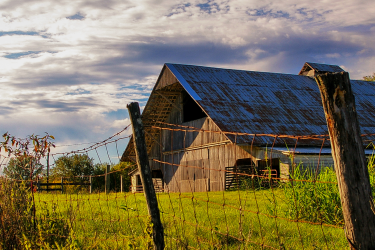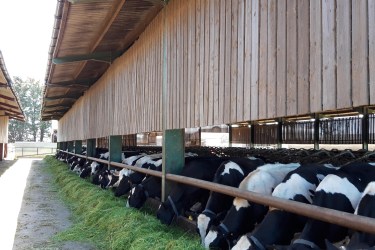By Mark Roue
You only have to look at a recent study by HSE to see that more needs to be done to manage risk on farm, with agriculture reporting the worst rate of fatal injuries of all the major industrial sectors. It’s in fact around 20 times higher than the average five-year annual rate across all industries.
Red Tractor has been the latest organisation to recognise this, and the need to do more to support better health and safety standards. Following the scheme’s biggest ever consultation with 46,000 members and the entire food supply chain, it has set out a clear set of revised standards from 1st November 2021.
Included in the proposal is the requirement for all farm workers to have a written health and safety policy. This is a slight advance on the legal baseline which only applies to businesses with more than five employees but has been described as essential in the workplace.
It is simply something that can no longer be ignored on farm, and must become a priority for not just those managing the business but all employees as well.
What else is included in Red Tractor’s revised standards?
Over 3,000 pieces of feedback were fed into the technical advisory committees and sectors boards for consensus, before being agreed by the Red Tractor board. This saw certain proposals dropped, while some were simplified and clarified.
Other new standards have been added due to legislation change, such as an amendment to vermin control standards to comply with food safety laws, or industry commitments to improving animal welfare, including the wider dairy sector’s pledge to eliminate the routine euthanasia of calves by 2023.
Change was set out for each sector, including combinable crops & sugar beet, beef & lamb, dairy, fresh produce, pigs and chicken. Here is a sample of the new requirements:
- All farms with workers must have a written health and safety policy. Given high fatality figures in the industry, Red Tractor believes it is fundamental to check policies are in place and communicated to workers.
- For dairy, beef & lamb farms, a health plan now needs to be signed, dated and reviewed annually by a nominated vet, who should visit the farm at least once a year.
- To align with the commitment to eliminate the routine euthanasia of calves, a new standard focuses on a written breeding and management policy for dairy farmers.
- Tethered housing systems, for stock of any age, will not be permitted on Red Tractor Farms. In the short term, derogations will be offered, and visits will be made to the small number of members still tethering their cattle.
- Beef farms will be asked how they are taking action to eradicate bovine viral diarrhoea (BVD). This needs to be documented in a health plan and implemented. This recommendation will become a full standard from October 2022, allowing members a lead time for change in system or testing routine, where necessary to control endemic disease.
How to make health and safety a priority
Creating a health and safety policy will help those on farm to better understand the environment they work in and to evaluate what it means to be safe. It’ll set out the overall aims of the organisation, providing a useful tool that can be revisited again and again.
To develop it properly, however, it is important that everyone has a say on what is included and has agreed to a final version. It doesn’t matter if they’re the manager or farm employee, all involved must be part of the process.
Remember that developing a health and safety policy is just the first step; there are other things that could, and should, be done on farm to improve the management of risk. This includes setting up regular health and safety meetings with clear objectives and goals, and annually reviewing any risks, errors or mishaps on farm.
What can we do to help?
What opportunities are there on the farms you work with to improve the management of risk? Perhaps you haven’t completed a farm walkthrough to identify any dangerous obstacles? Or you don’t have an up-to-date trained first aider in the team?
A fresh pair of eyes might help to evaluate those areas that need addressing. We would be delighted to discuss how we might be able to help, as well as offering support when it comes to preparing for these new standards. Get in touch with our Farm Business Consultancy Team now.
Did you know that we’re offering free one-to-one advisory support to assist you through the agricultural transition, as part of Defra’s Future Farming Resilience Fund?
We are accepting applications now from the Dairy, Beef and Sheep sectors in England.
We aim to support you through this agricultural transition by:
- Identifying how, what and when you may need to adapt your business model
- Helping you to evaluate the changes that are happening, how it will impact on your BPS and the other opportunities that are on offer
To make the most of this opportunity, register your interest now!








